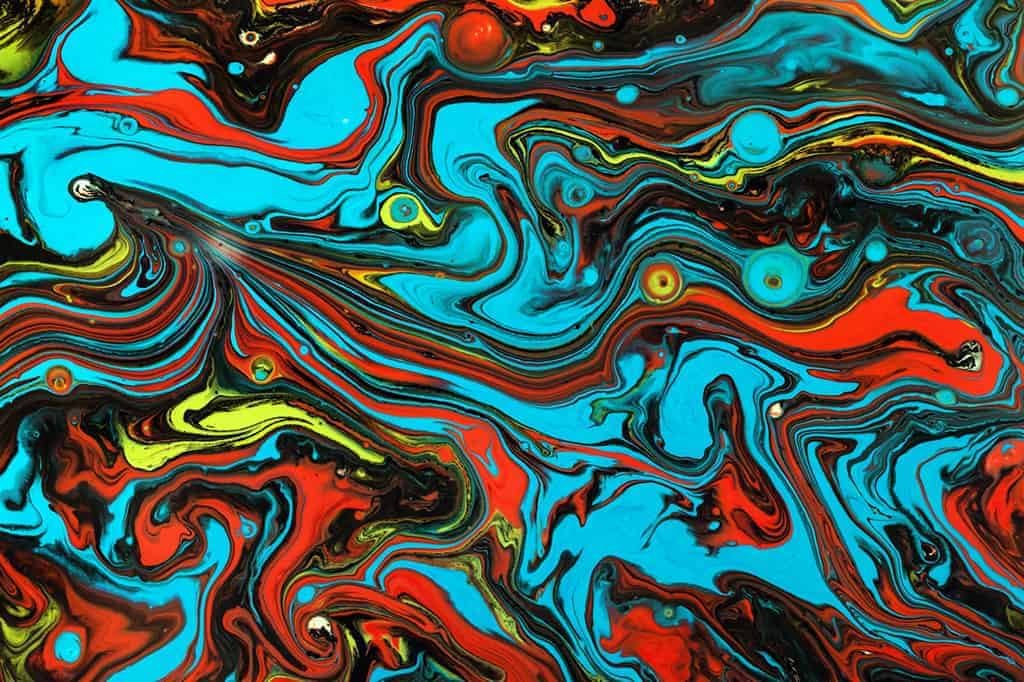Materials Needed
 Dulux Acrylic Sealer Undercoat
Dulux Acrylic Sealer Undercoat- Dulux acrylic base paint, colour of your choice.
- Dulux acrylic top coat, colour of your choice.
 Standard roller (10mm sleeve)
Standard roller (10mm sleeve)- Sponge
- Goose or swan feathers
- Rubber Gloves

Note: The success of your special paint effect will depend on the consistency of your technique. We recommend you practise on trial samples until you are happy with the effect and comfortable that you can duplicate the technique on your final surface.


Prepare your Wall
All surfaces to be painted must be firm, clean and dry.
If the surface has been previously painted and it’s in poor condition, the area should be sanded to give a sound surface.
Fill in cracks or dents where necessary.
Apply Dulux Acrylic Sealer Undercoat.


1) Apply Base Colour
Using a paint roller, apply 2 coats of acrylic base colour and allow it to dry thoroughly.
We have used Dulux Vanilla Cream as the base in our example. (pic1)
2) Roll on Top Coat Colour
Roll on the top coloured coat with a standard roller (10mm sleeve) as if you were painting the wall (cutting in where required with a paint brush). If working alone, only paint a manageable area, approximately 1 metre across the wall, this will maintain a wet edge. If two people work together, the first person applies the top colour coat using the standard roller and the second person follows with the sponge and dragging feathers.
Our top coat colour of choice was Dulux Colour Effect, Classic Ochre. (pic2)
3) Sponge Off Colour
This should be done while your top coat of paint is still wet. (see Pic3)
By using the sponge and feathers we recreate the subtle veining of marble.
The sponge should be thoroughly dampened (squeeze out any excess water). Sponge the wet paint to randomly remove some of the top colour, thus revealing the colour underneath, and create a soft cloudy background. Rinse the sponge regularly. Wear gloves to keep clean.
4) Use a Feather to Create Marble Veins
Rework the same area while the Colour Effects is still damp to create the veining with feathers. Use Goose or Swan feathers for best results.
Lightly hold the feather by the quill and pull it diagonally across the surface, turning it from side to side. The secret to believable veining is to have subtlety.
Our combination included: Base colour = Dulux Vanilla Cream and Colour Effects = Classic Ochre. (See pic 4)
Alternative Colour Combinations for the Marbling Effect:
Base colour Russett with Dulux Colour Effect Tuscany (Pic 5)
Base colour Guacomole with Dulux Colour Effect Sistine Green or (pic 6)
Base colour Peach Pink with Dulux Colour Effect Cherub White. (Pic 7)
Keep in mind that the colours you see on your screen may be different to the actual paint colour. (This is due to different monitor settings and resolutions.) We recommend that you test all colour schemes with colour cards and test pots







